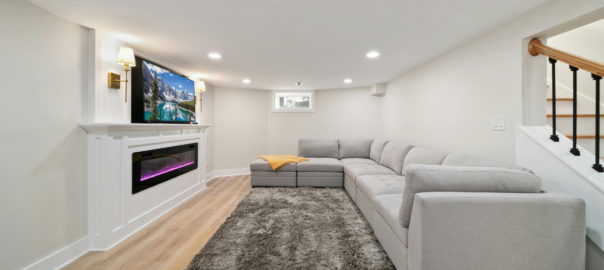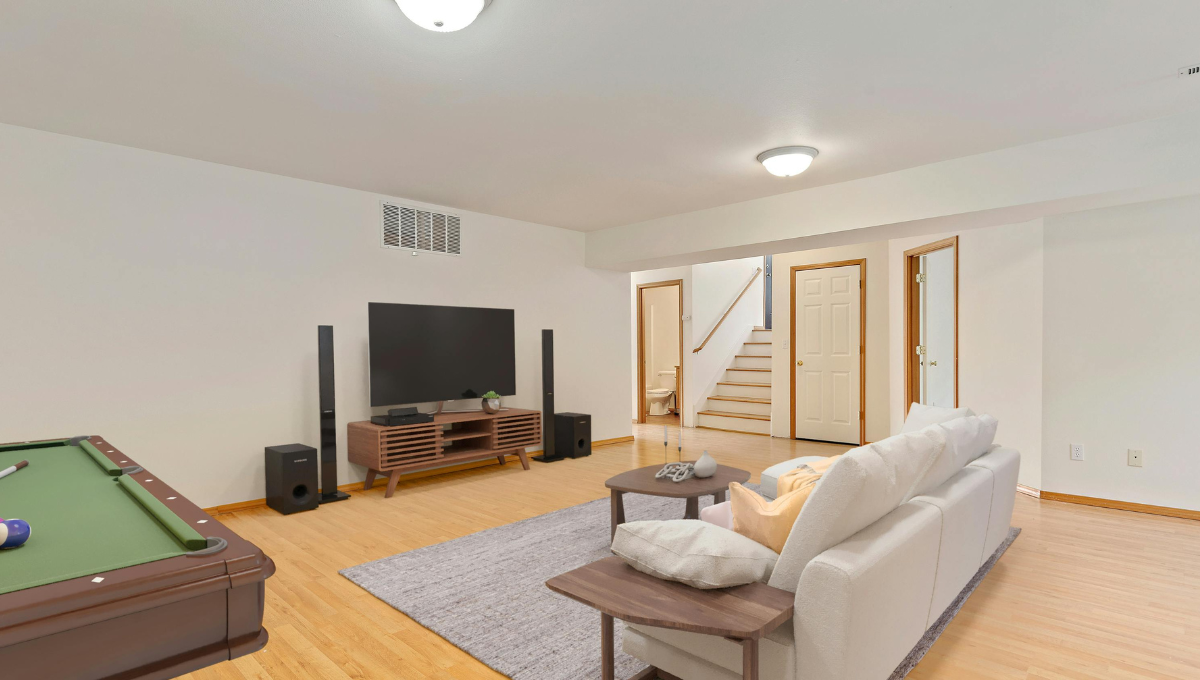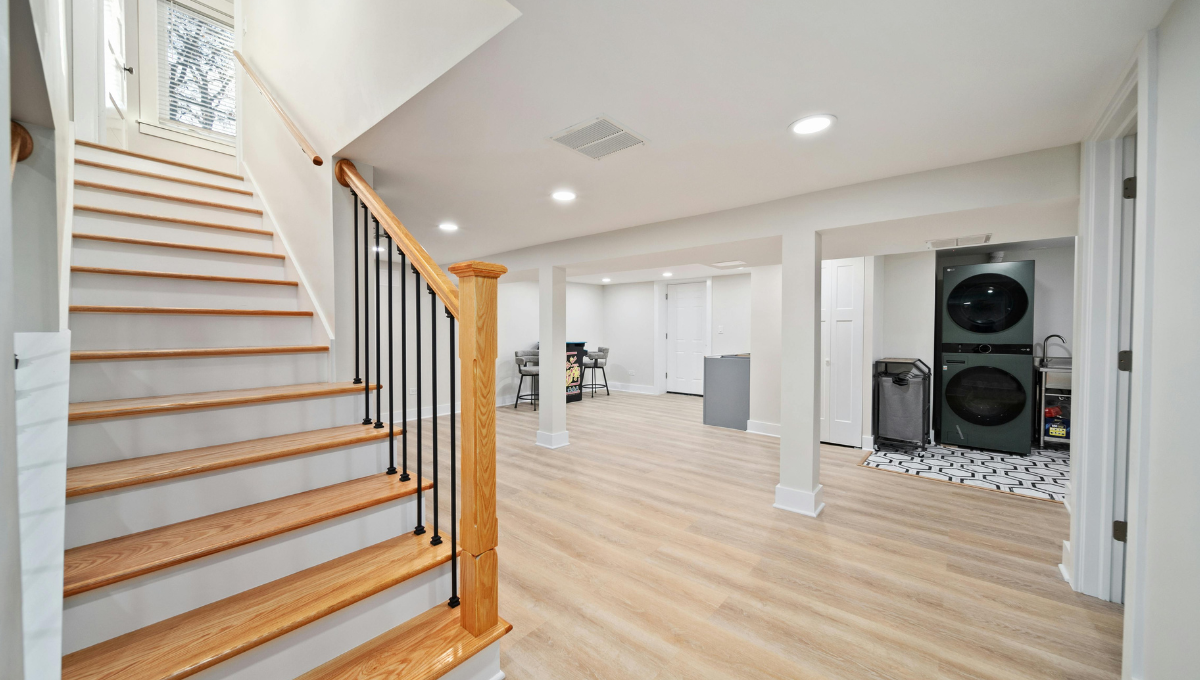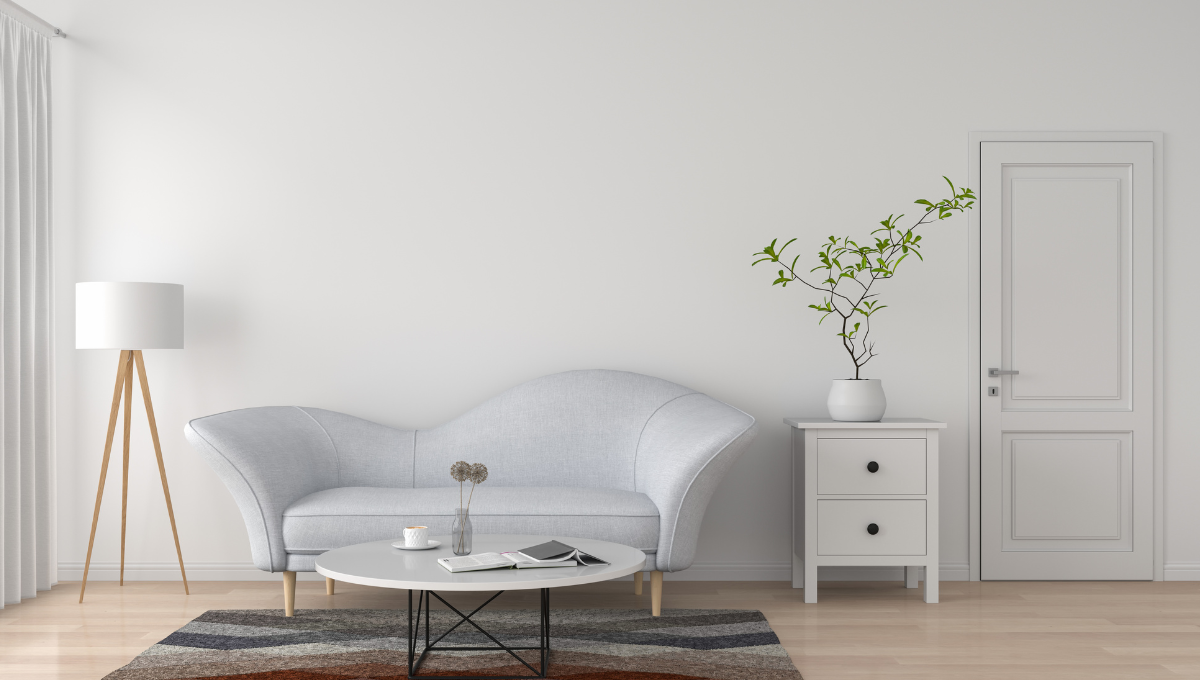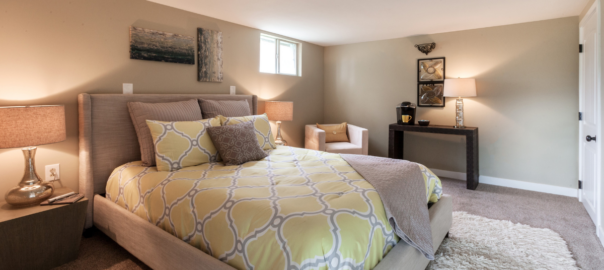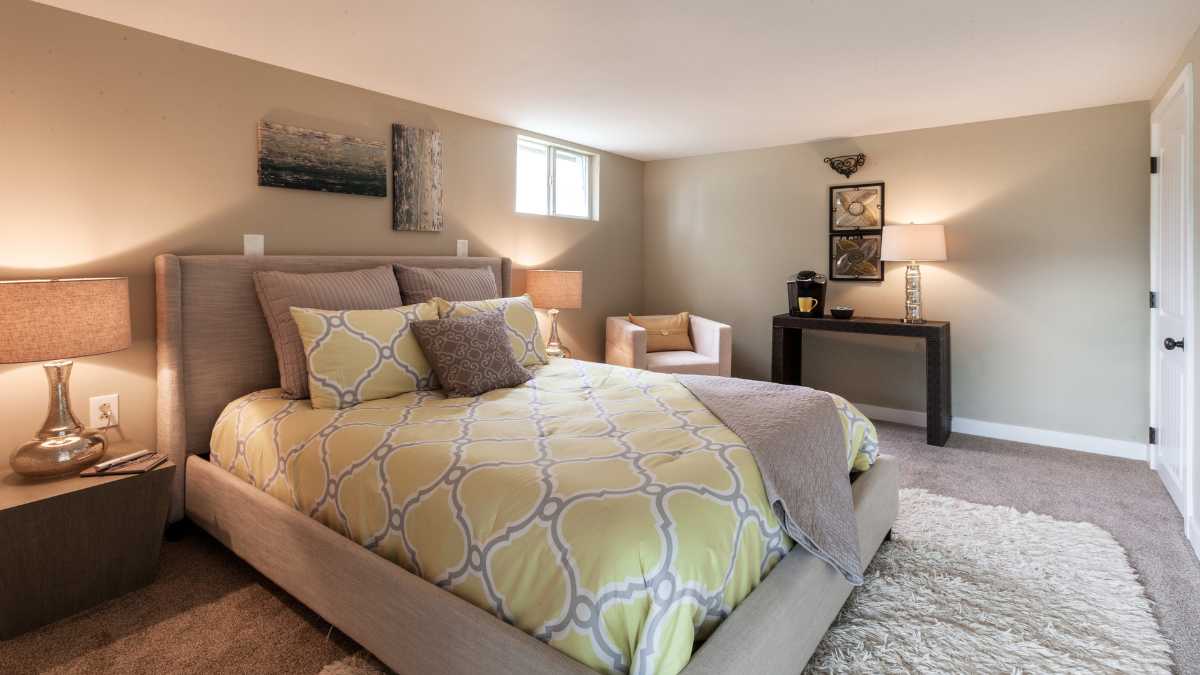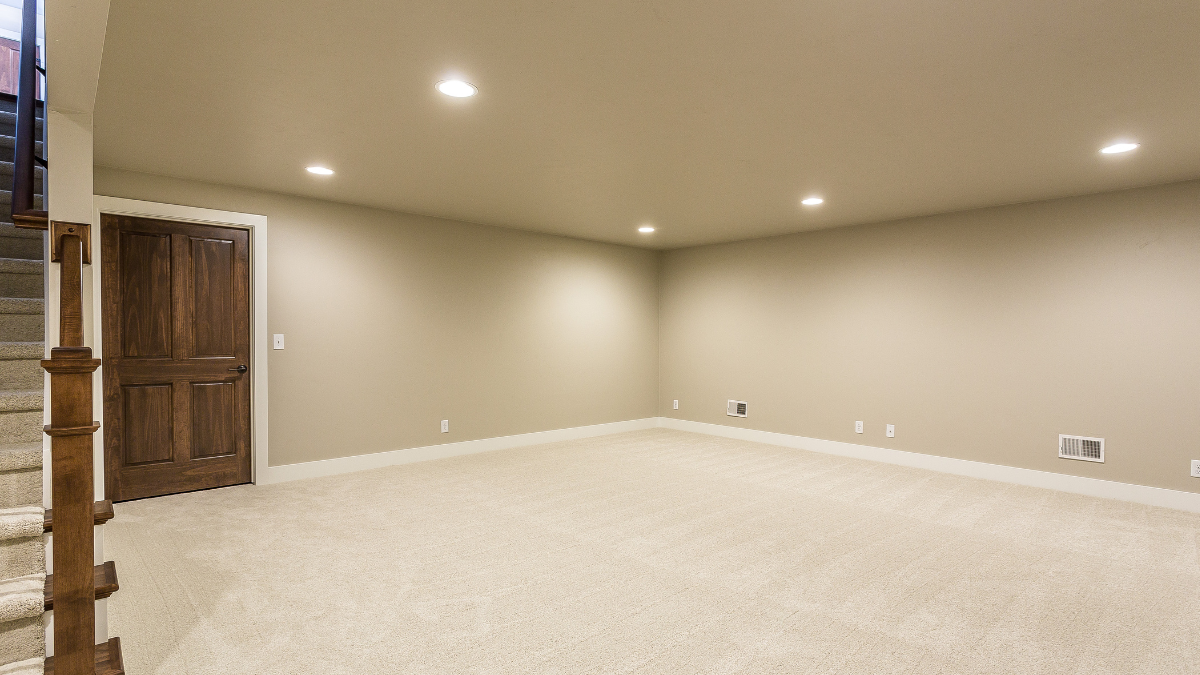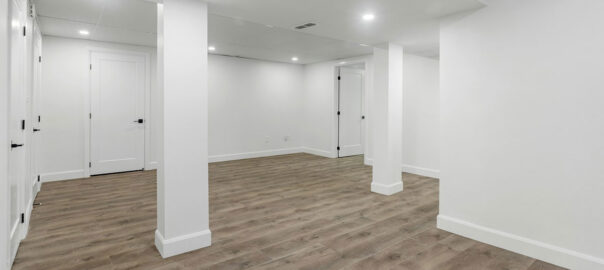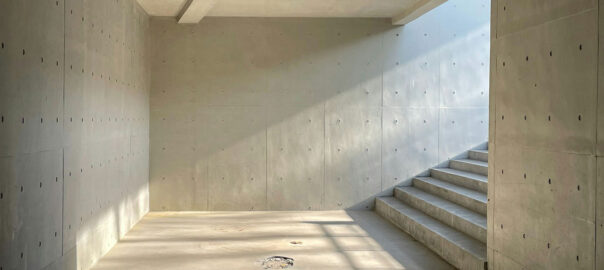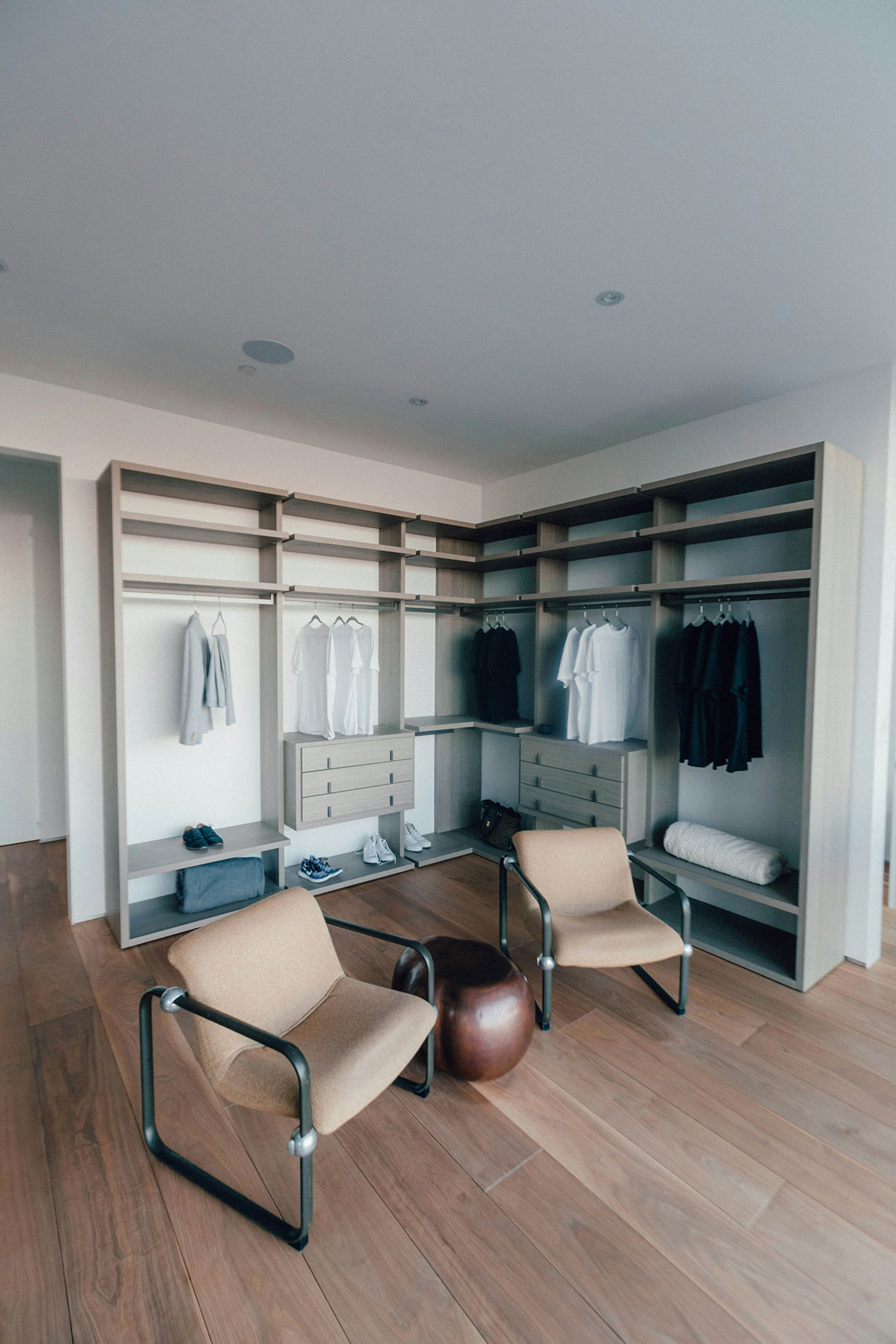A basement can be more than just a storage space. It can be turned into a cozy, welcoming area for the whole family. Many people dream of having a stunning basement where they can relax, watch movies, play games, or just spend time together. With the right plan in place, your basement will be stunning.
Basement renovation takes some serious work. But, it is totally worth it. The space can be completely transformed. You can go crazy with your imagination: a playroom for kids, a home theatre, or a lounge area.
Planning the Basement Space
Before starting, it is important to plan. The basement should be checked for leaks, moisture, or cracks. If water gets in, fixing it should come first. A dry basement is a good starting point for any project.
The purpose of the basement needs to be crystal clear. If you are very clear with your vision, you will achieve the right look.
Lighting is very important. Basements often have little natural light. Adding enough lights makes the space feel bright and welcoming. Recessed lighting, floor lamps, or string lights can help.
Choosing the Right Colours
Colours can change the way a room feels. Lighter shades make small spaces look bigger. White, light grey, and beige are good choices. They reflect light and create an open feeling.
Bright colours can be added through furniture, pillows, or rugs. This makes the space fun without making it look too dark. If a cozy feeling is wanted, deeper tones like navy or forest green work well.
Creative Design Strategies for Compact Basement Spaces
Not all basements are big, but they can still be functional. With some smart design ideas, even a small basement can feel open and useful.
Use Multi-Functional Furniture
Furniture that serves more than one purpose is helpful. A sofa bed can be used for seating and as a guest bed. A coffee table with storage inside helps keep the space tidy.
Keep the Space Open
Too many walls can make a basement feel cramped. An open layout creates more room to move. If some separation is needed, a bookshelf or a curtain can act as a divider.
Built-In Storage is Helpful
Storage can be tricky in a basement. Built-in shelves save space and keep things organized. Benches with hidden storage can hold blankets, toys, or books.
Mirrors Make a Difference
Mirrors reflect light and make a room look bigger. Hanging a large mirror on one wall can instantly open up the space.
Adding Cozy and Stylish Features
The basement should feel warm and inviting. Adding soft textures helps make it more comfortable.
Carpet or Rugs
A basement floor can be cold. A soft carpet or large rug makes the room feel warm. It also adds colour and style.
Comfy Seating
A cozy couch or a few large chairs make a big difference. Having plenty of seating allows everyone to relax and enjoy the space.
Personal Touches
The basement should feel like home. Family photos, artwork, or decorative pillows add personality. A space with personal touches feels more special.
Entertainment and Fun Additions
A basement is a great place to have fun. A few simple additions can turn it into an entertainment zone.
Movie and TV Area
A wall-mounted TV saves space and looks neat. A projector can be used for a theatre-like experience. Surround sound speakers add to the experience.
Game Zone
A small gaming area can be set up. Board games, video games, or a foosball table make the basement fun for all ages.
Reading Nook
A quiet corner with a comfy chair and a bookshelf is great for reading. A soft blanket and a small lamp complete the cozy feel.
Making the Basement Feel Bigger
A basement can feel smaller than the rest of the house. Some tricks help make it feel larger.
Keep It Clutter-Free
Too many things can make a room feel crowded. Keeping only what is needed helps create more space. Storage baskets or shelves help keep things organized.
Use Light Colours
Dark walls can make a basement look smaller. Lighter shades make it feel open and bright.
Choose Simple Furniture
Large furniture can take up too much space. We recommend going for modern, functional pieces.
Ensuring the Basement is Comfortable Year-Round
Basements can be too cold in winter and too warm in summer. A few steps help make it comfortable all year.
Insulation is Key
Good insulation keeps the basement warm in winter and cool in summer. It also helps reduce noise.
Heating and Cooling Solutions
A space heater or an electric fireplace adds warmth. A small fan or a dehumidifier keeps the air fresh and cool.
Ventilation is Important
Basements can feel stuffy. A good ventilation system keeps the air fresh and prevents dampness.
Decorating on a Budget
A stunning basement does not have to cost a lot. Many ways exist to save money while still making it look great.
DIY Projects
Simple DIY projects add character without a big budget. Painting the walls, making homemade art, or repurposing old furniture can save money.
Affordable Furniture Options
Buying second-hand furniture or looking for sales helps save money. Many stores offer budget-friendly stylish pieces.
Smart Shopping
Looking for deals and discounts helps in staying within budget. Online marketplaces often have good prices on furniture and décor.
A stunning basement is possible with the right plan. It can be a place to relax, play, or spend time with family. Basement renovating does not have to be expensive. Smart choices help create a stylish and cozy space on any budget.
Even small basements can feel big with the right design. Light colours, good lighting, and smart storage make a huge difference. Making the space personal with family photos, books, and decorations adds warmth.
Comfort matters too. A good heating and cooling system ensures the basement feels nice in every season. Adding soft textures, cozy furniture, and a few decorative touches completes the look.

